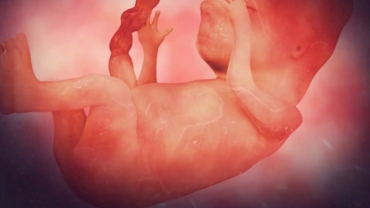Labour and childbirth is usually a painful experience and women vary in their response to it. Some women are keen to avoid drugs or other medical interventions while others are happy to consider all available options. For a woman having her first baby, the experience of labour (and her reaction to it) is unpredictable.
Labour can be painful, so it’s important to learn about all the ways that you can relieve the pain. It's also helpful for whoever is going to be with you during your labour to know about the different options, as well as how they can support you. Ask your midwife or doctor to explain what's available, so that you can decide what's best for you.
There are three main ways to provide pain relief during labor and childbirth:
Local anesthesia may be used by your health care provider during delivery to numb a painful area in or around the vagina if stitches are needed. Local medications do not reduce discomfort during labor.
Regional anesthesia is administered by an anesthesiologist (a doctor who delivers pain medicine) during labor to reduce discomfort. In both epidural and spinal anesthesia, medications are placed near the nerves in your lower back to "block" pain in a wide region of your body while you stay awake. Regional anesthesia greatly reduces pain throughout the birthing process.
General anesthesia puts you to sleep during the birthing process. While safe, general anesthesia is rarely used and only during emergencies because it prevents you from seeing your child immediately after birth.
- 336 views













